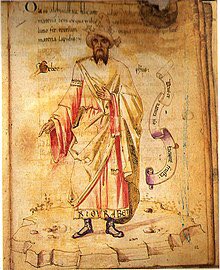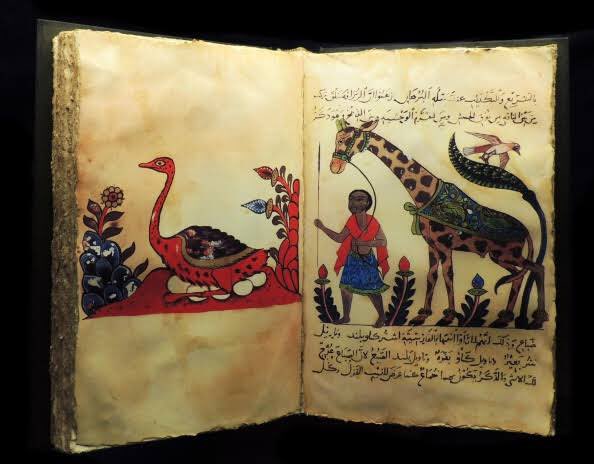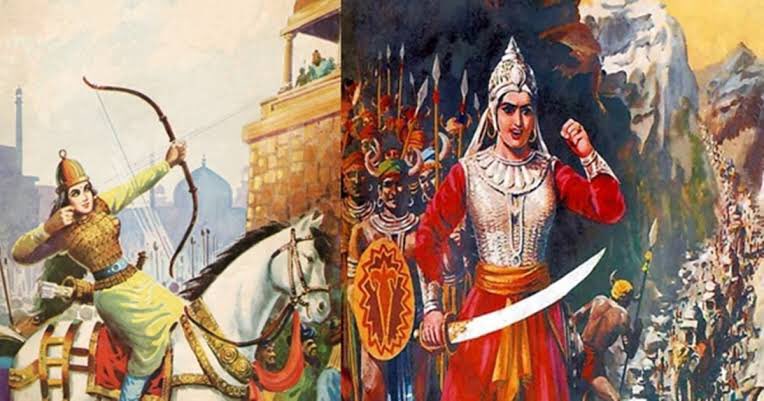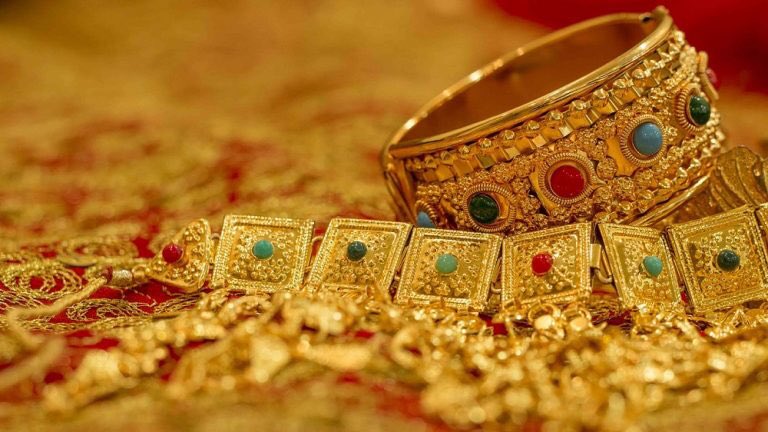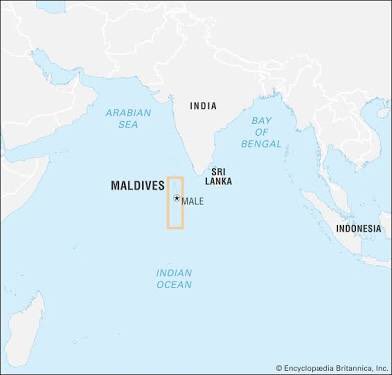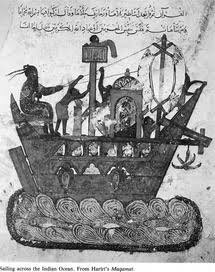
#Thread on ‘nakedness in native clothing’ in certain regions of South India as recorded by European travellers,merchants & Persian ambassador in 1200-1500 CE before advent of Islamic/Christian/Victorian morality in societies :- #History #India #Bharat #Naked #Culture #SouthIndia 



A)John of Monte Corvino, one of the first Christian Monks who spent considerable time in South India preaching, observed dressing style of men and women in certain regions of Indian peninsula during 12-13th century CE:- 

“They (Men and women) are not, strictly speaking, black, but of an olive colour, and exceedingly well formed both women and men. They go barefoot and naked, except that they wear a cloth round the loins, and boys and girls up to eight years of age wear nothing whatever,.. 

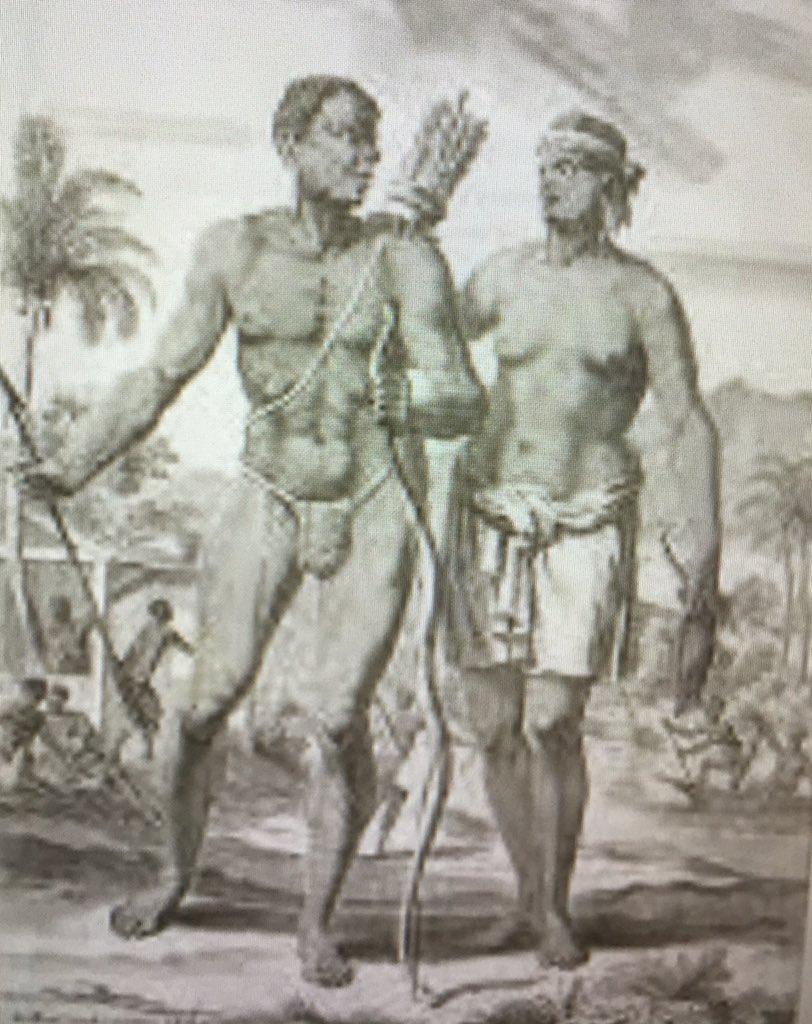
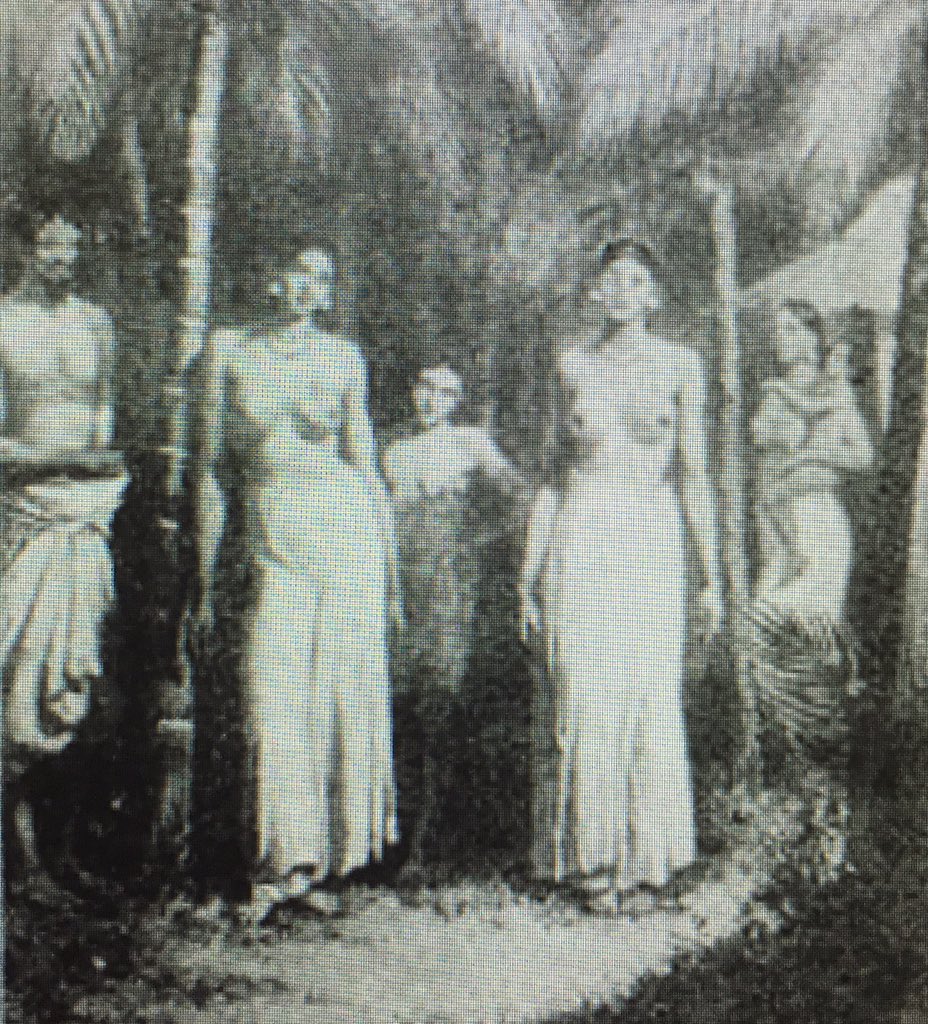
.. but go naked as they came from their mother’s womb...”
B)Marco Polo, the celebrated Venetian traveler, too observed minimal clothing of people in Maabar (Malabar) including that of the King 🤴👇 during his travel in South India during 12th-13th CE:- 

“The natives of this part of the country always go naked, excepting that they cover with a piece of cloth those parts of the body which modesty dictates. The king is no more clothed than the rest, except that he has a piece of richer cloth;.. 



.. but is honourably distinguished by various kinds of ornaments, such as a collar set with jewels, sapphires, emeralds, and rubies, of immense value. He also wears, suspended from the neck and reaching to the breast,..
C)Abdur Razzak (ambassador of Timur’s son, Mirza Shah Rukh, to the Vijayanagar court in 1442) recorded the following regarding the dressing style of natives in Calicut :- 

“The blacks (Hindu Indians) of this country have the body nearly naked; they wear only bandages round the middle, called lankoutah [langot], which descend from the navel to above the knee..” 


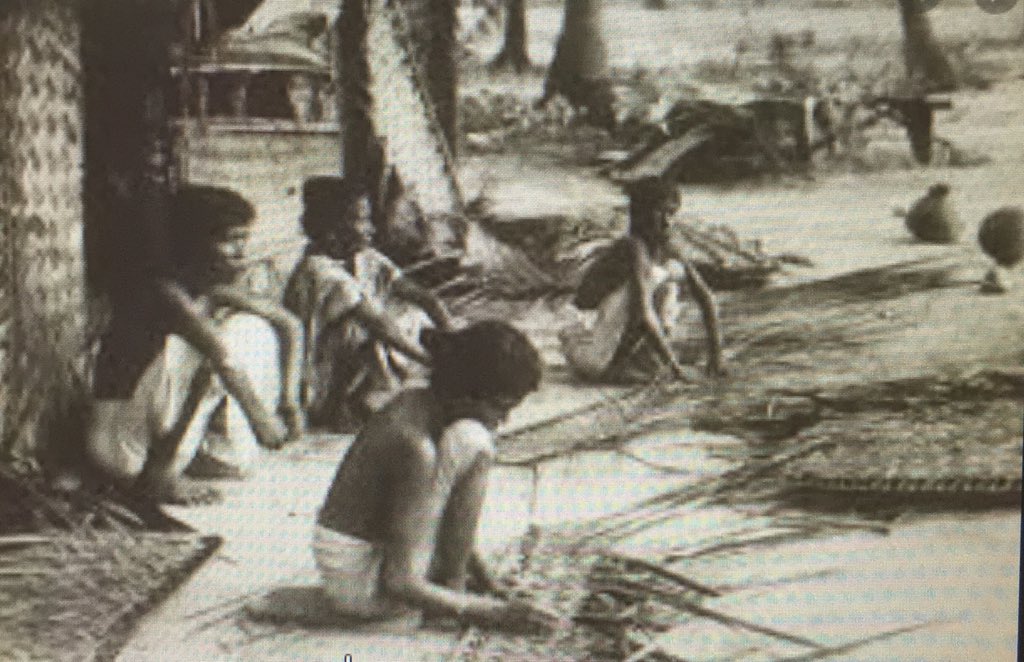
D)Athanasius Nikitin, a Russian merchant, who stayed at Bidar in mid-15th century CE and left a vivid description of the Bahamani kingdom, recorded following on clothing styles of natives in Chaoul (a flourishing sea port thirty miles south-east of present day of Mumbai) :- 

“People go about naked; with their heads uncovered and bare breasts; the hair tressed into one tail, and thick bellies. They bring forth children every year and the children are many; and men and women are black. ... 





Their kniaz [Russian for chief] wears a fata [a silken garment] on the head; and another on the loins; the boyars wear it on the shoulders and on the loins; the kniaginies wear it also round the shoulders and the loins... 



.. The servants of the kniaz and of the boyars attach the fata round the loins, carrying in the hand a shield and a sword, or a scimitar, or knives, or a sabre, or a bow and arrows – but all naked and barefooted. 

Women walk about with their heads uncovered and their breasts bare. Boys and girls go naked till seven years, and do not hide their shame.” 



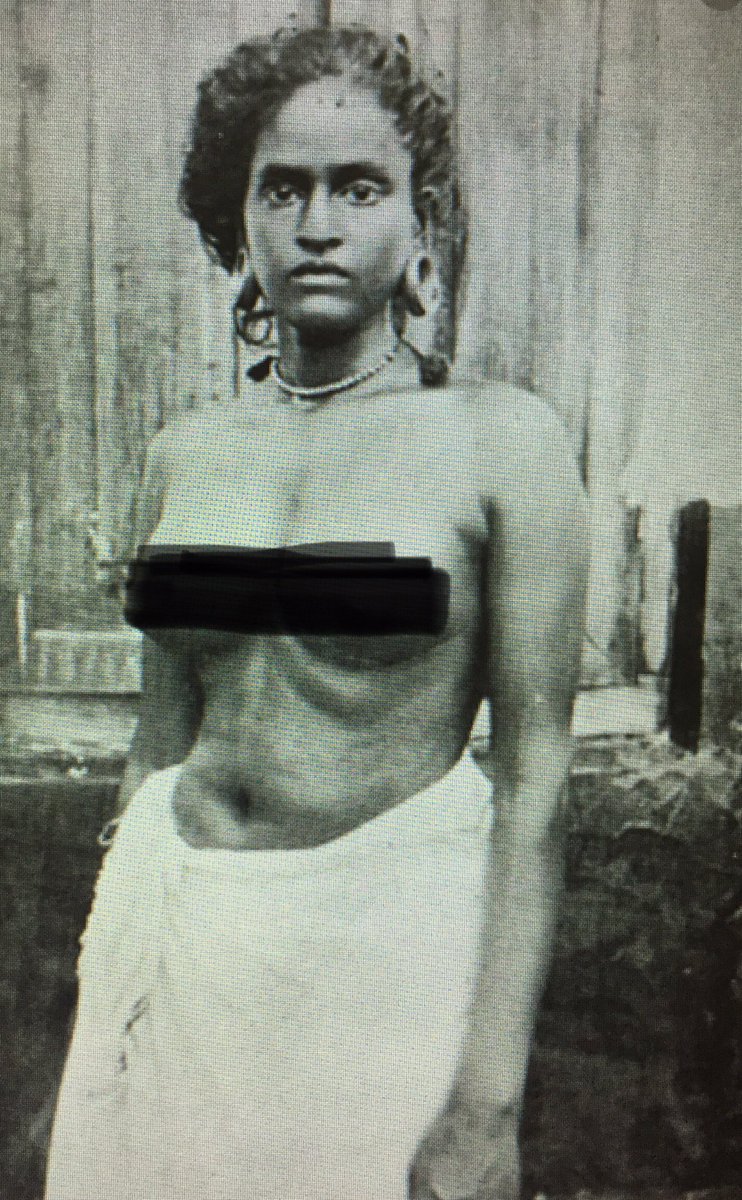
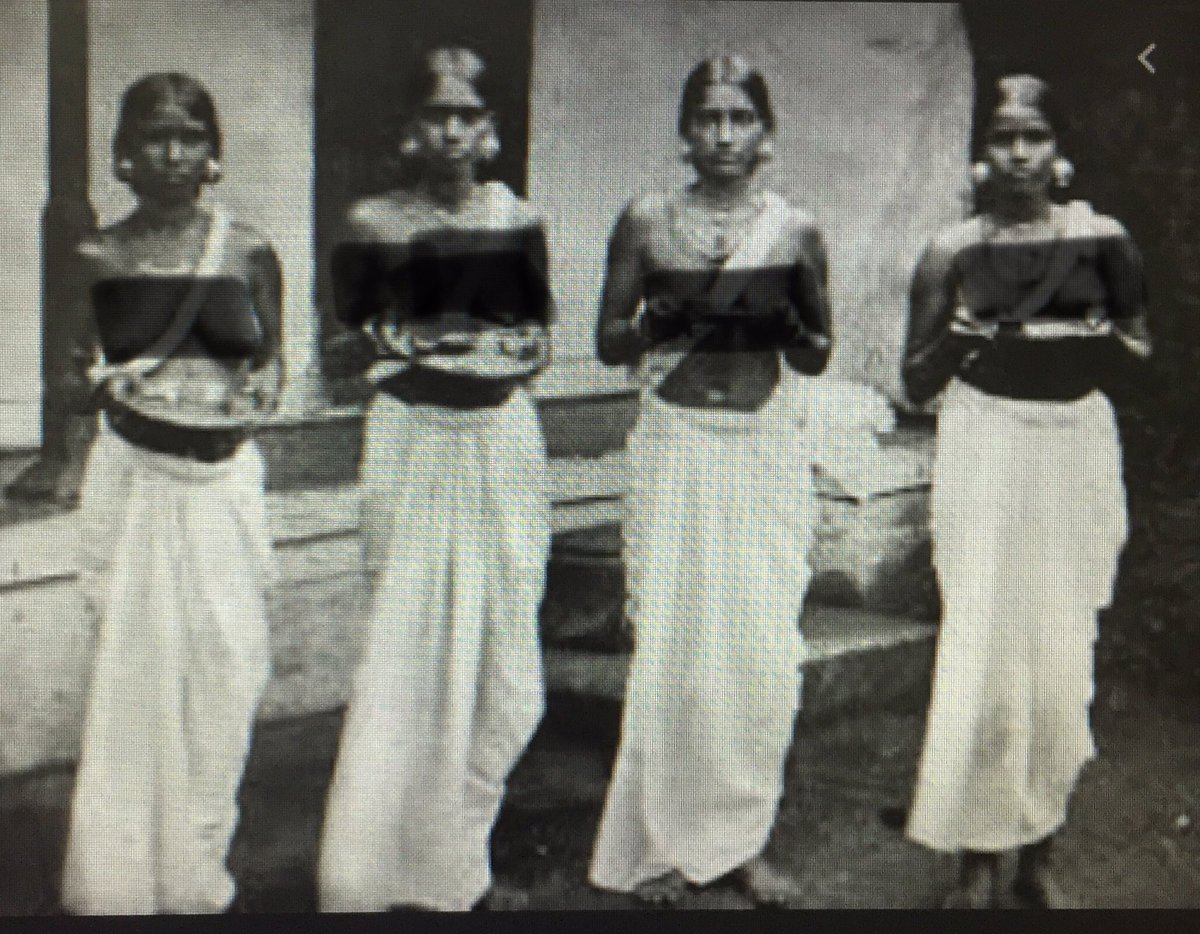

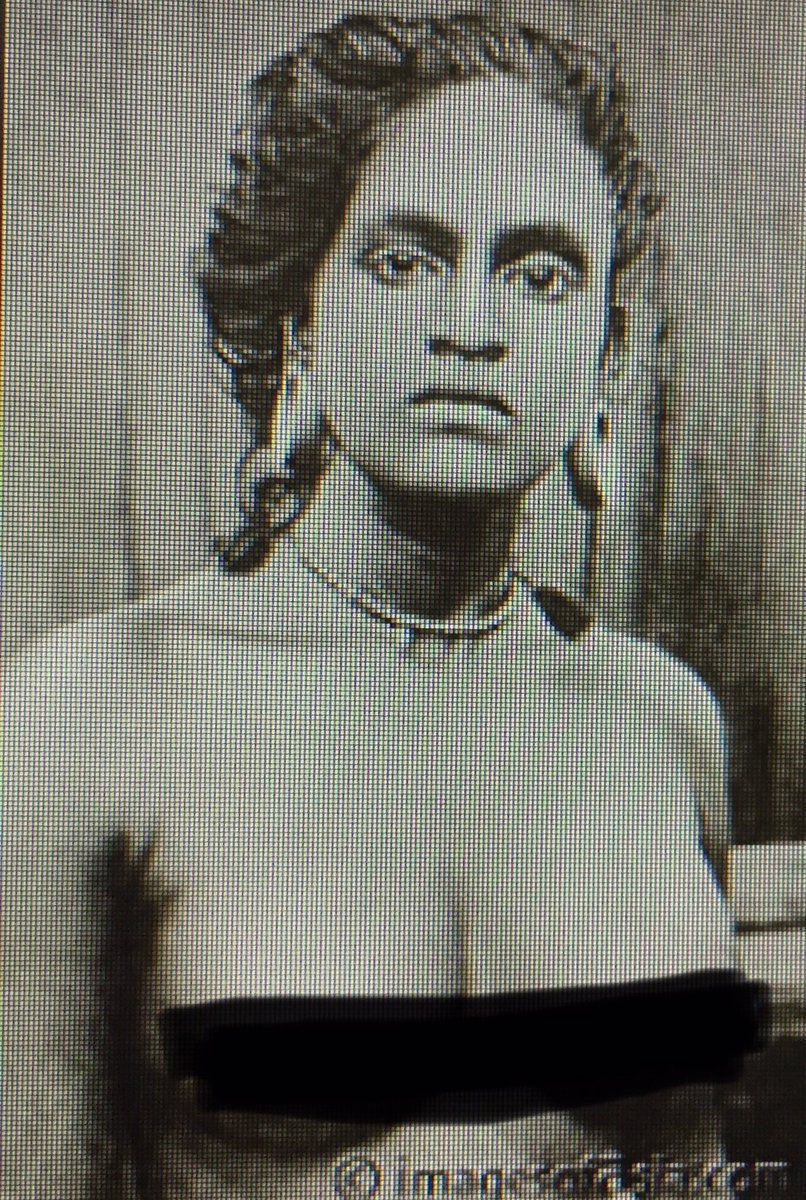
In none of the above accounts, the chroniclers have indicated about any caste discrimination as far as covering upper part of the body by women is concerned. It was a practiced by all women across the castes and economic strata of the society...
.. It was only due to advent of Islamic modesty and Christian/Victorian morality, the things got complicated in certain parts of South India, which had prevalent tropical climate mandating both genders to remain topless as a matter of comfort & ease of labour under scorching sun. 





These accounts r also a rebuttal to the false propaganda of the imaginary Nangeli Incident unleashed by anti-Hindu leftist historians & media outlets like @thewire_in @thenewsminute @BBCWorld etc to demean Hindu culture in South India.#Hindusunderattack
Sources and Credit:
1)THE INDIA THEY SAW (VOL-2) by MEENAKSHI JAIN
2)Cathay And The Way Thither, vol. III, pp., 63-64 of Yule, Henry and Henri Cordier, Cathy And The Way Thither, 4 vols., Hakluyt Society, 1913-1916...
1)THE INDIA THEY SAW (VOL-2) by MEENAKSHI JAIN
2)Cathay And The Way Thither, vol. III, pp., 63-64 of Yule, Henry and Henri Cordier, Cathy And The Way Thither, 4 vols., Hakluyt Society, 1913-1916...
3)Marco Polo, pp., 337, The Travels of Marco Polo, introduction by F.W. Mote, Dell Publishing Company, 1961.
4)Major RH, pp. 9 & 17, India In The Fifteenth Century Being A Collection of Narratives of Voyages To India, Asian Educational Services, 1992, first published 1858.
4)Major RH, pp. 9 & 17, India In The Fifteenth Century Being A Collection of Narratives of Voyages To India, Asian Educational Services, 1992, first published 1858.
@AartiAuthor @harshasherni @PragTi09 @Angriy_BiRd @Ms_Poojaraj @mamatarsingh @Dharma_Chant @Itishree001 @JyotiKarma7 @Shiv_Sharwani11 @Mahender_Chem @DeshBhaktReva @Savage_shree @VaruKrutika @dhingramahima9 @apparrnnaa @i__Mystic @Shailesh_2017 @shradhasumanrai @VedicWisdom1 👆
@vedicvishal @balajidesigr @Nidar_Bharatiya @Karma_Kaali @dakowmap @DeepaShree_AB @PaganKafir @Sachai_ki_bhakt @Mishra_Jiiiii @jammed_circuit @RJ_Sona_ @MishraMedhavi @raj_010101 @Skyownsme @VertigoWarrior @Tanvangi17 @SanhitaTiwari @Savage_shree @proudlymessedup @BahuRaani 👆
• • •
Missing some Tweet in this thread? You can try to
force a refresh






